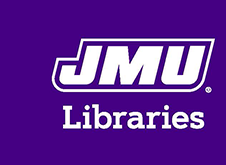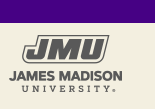Creative Commons License

This work is licensed under a Creative Commons Attribution-NonCommercial 4.0 International License
Date of Graduation
12-14-2024
Semester of Graduation
Fall
Degree Name
Doctor of Nursing Practice (DNP)
Department
School of Nursing
First Advisor
Christine Argenbright
Second Advisor
David S. Switzer
Third Advisor
Phuong Dinh
Abstract
Abstract
The American Academy of Pediatrics Bright Futures Guidelines recommends social determinants of health (SDOH) screening at well-child checks (WCCs). Social determinants of health are environmental factors, including food accessibility, mental health, and substance use, that can affect quality of life.
Rural health clinics (RHCs) in a county in Virginia did not routinely use a standardized screener to identify pediatric SDOH risks, nor did they have a standardized referral process for identifying SDOH risks. A hospital community needs assessment found that over 20% of the county households were below the federal poverty level. It is estimated that many children in the county have unknown SDOH needs and that screening will increase identification and referral for SDOH risks.
This quality improvement (QI) project, using two Plan-Do-Study-Act (PDSA) cycles, evaluated two measurements over a three-month period, with a final measurement at the end of the project. The project population includes the guardians of pediatric patients aged one month to five years and five months who receive care at two of the four RHCs within the county. Guardians of children were screened at their child’s WCC using a standardized SDOH screener, the Survey of Well-being of Young Children (SWYC). The process measurement is the percentage of patient guardians who had a standardized SDOH screening out of the total number of pediatric WCCs in the included population. The outcome measurement is the percentage of at-risk families with a referral placed.
The guardian completed the SWYC before the visit, and a provider reviewed the SWYC. If the SWYC was positive and the guardian consents to referral, the provider placed a referral to the community health worker (CHW). EHR reports measured the process and outcome measurements.
The SWYC was administered at 100% of the WCCs, with 43% positivity rate and 35% referral rate.
This QI project demonstrates an increase in SDOH screening and referrals to the CHW for positive screens. Barriers were identified in the referral process. Further research is needed on best practices for tracking referrals and long-term outcomes of screening and referral to community resources.


